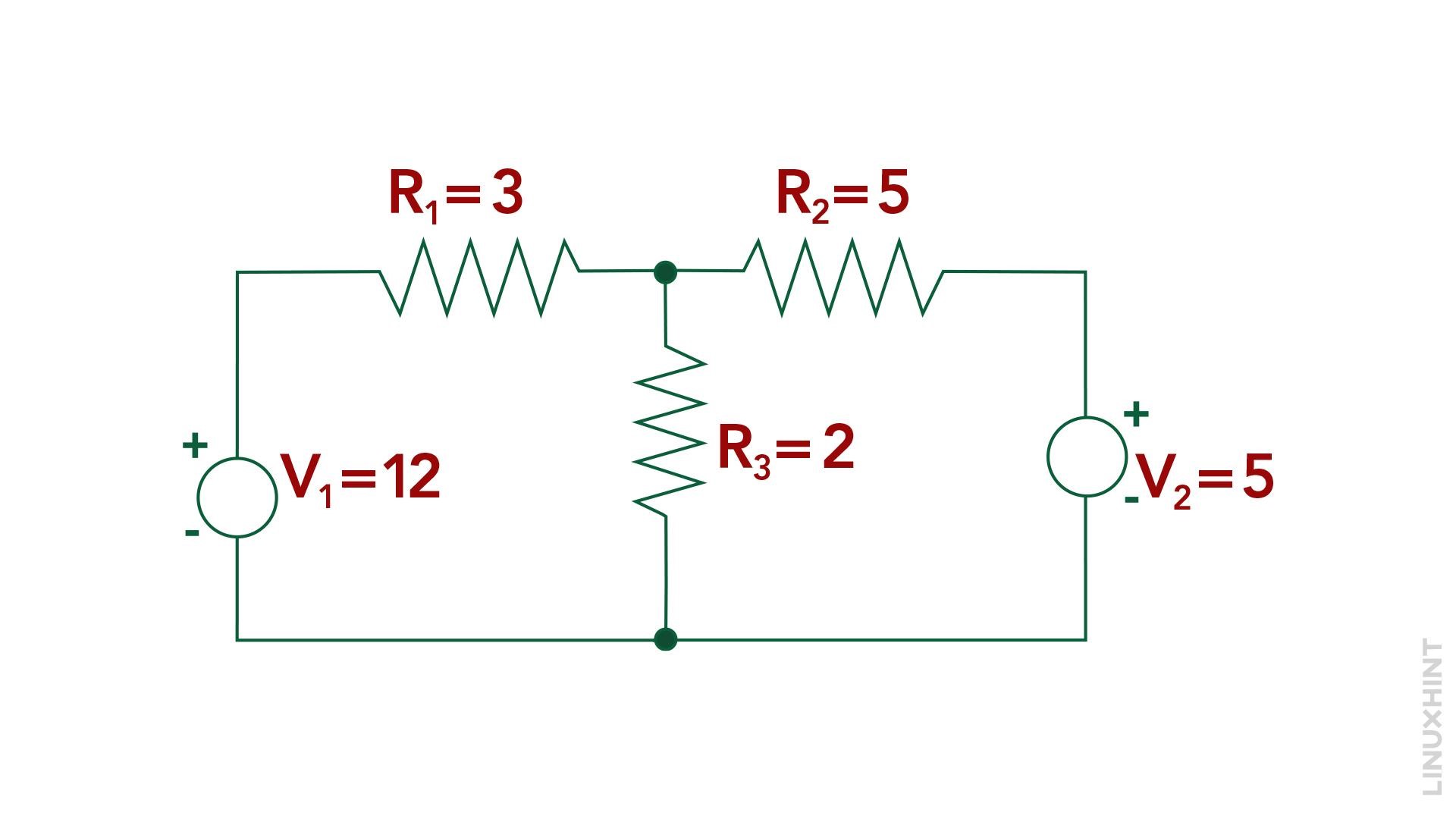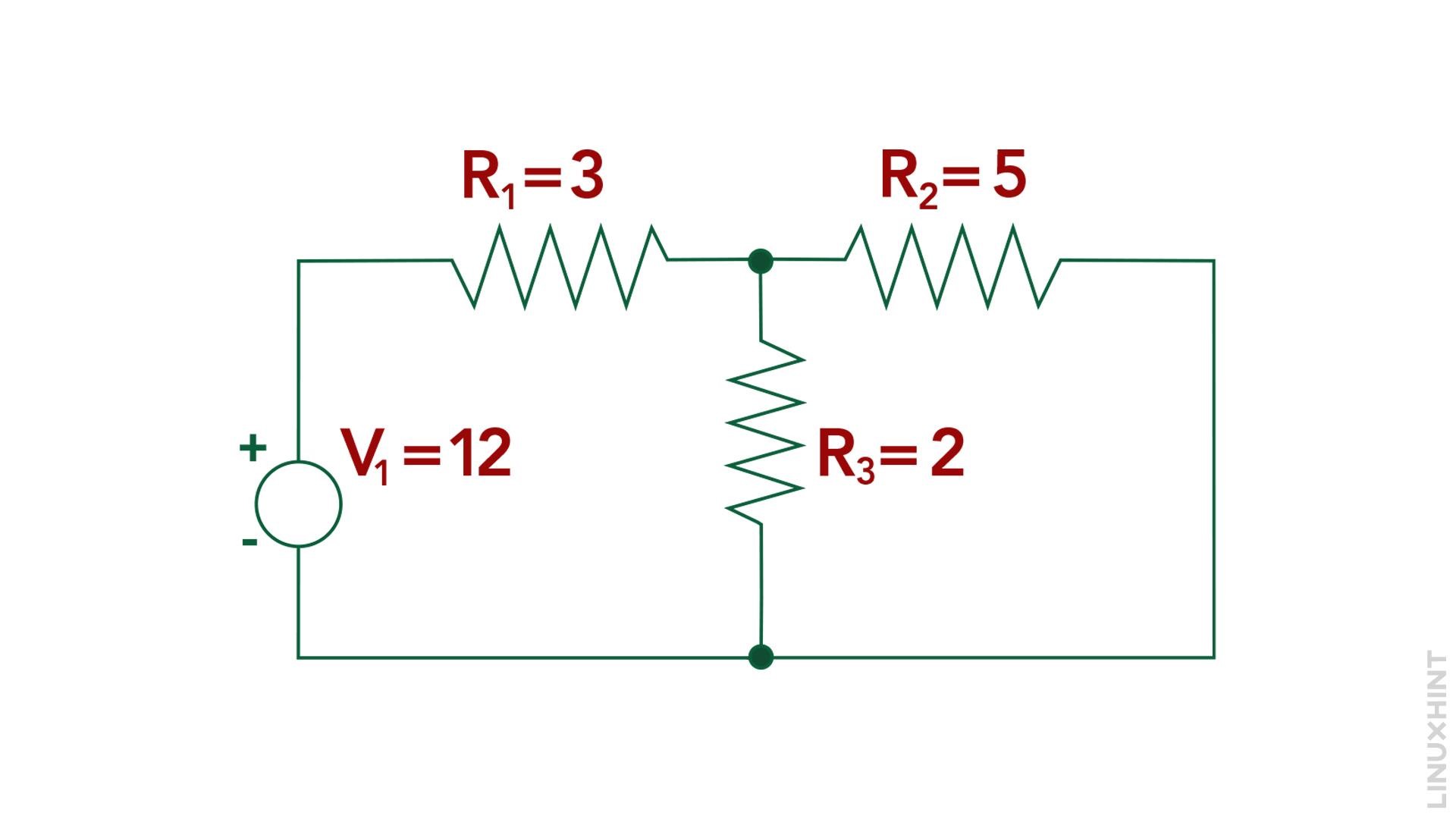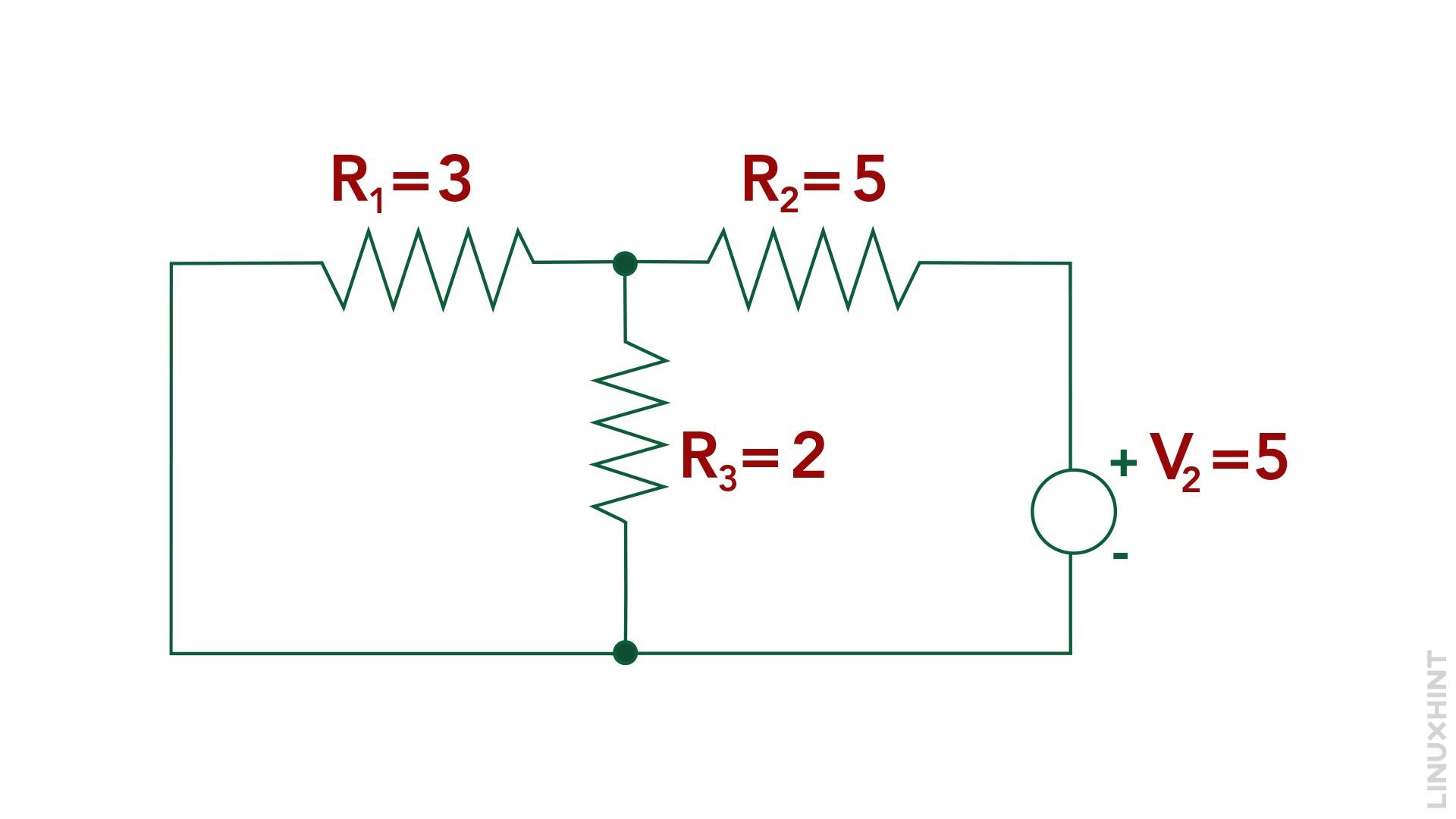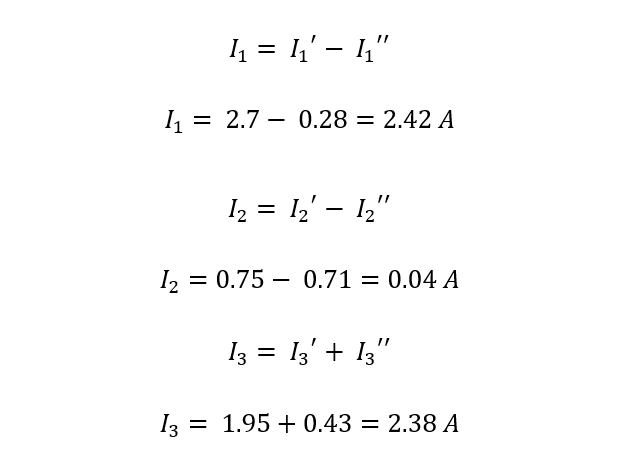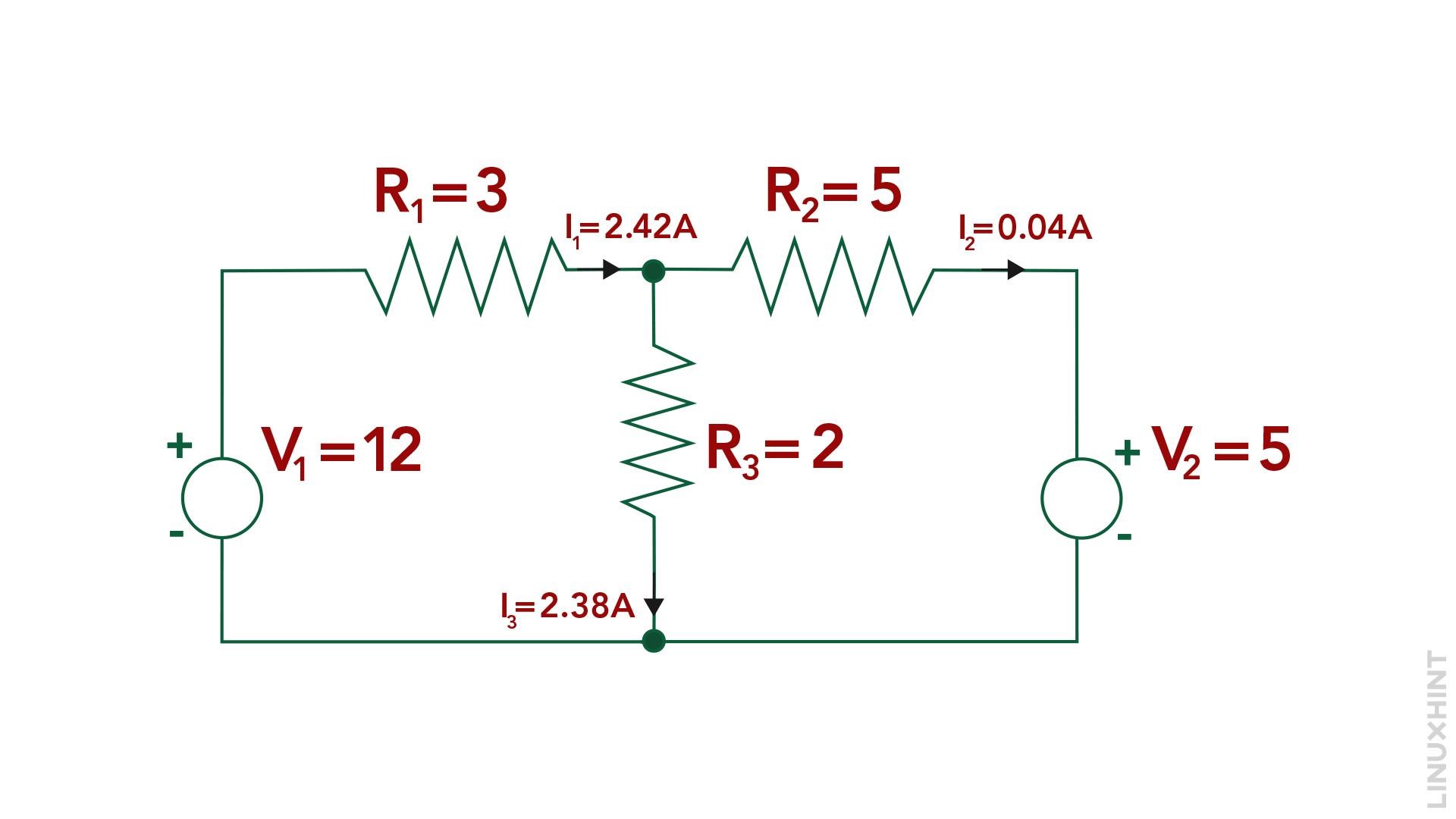What is the Superposition Theorem?
According to the superposition theorem in circuit analysis, the response (voltage or current) in any branch of a bilateral linear circuit with multiple independent sources can be calculated by adding the responses brought on by each independent source acting alone in a linear network, particularly time-invariant linear systems. To do this, they use their internal impedance to replace all other independent sources.
In other words, the superposition theorem states that the overall response of a circuit to multiple sources can be found by calculating the response to each source individually and then adding the results together.
Procedure for Superposition Theorem
The superposition theorem can be a useful tool for simplifying the analysis of circuits with multiple sources. To use the superposition theorem, the following steps must be taken:
Step 1: The circuit’s independent sources (voltage or current source) should all be identified.
Step 2: Replace(short-circuit) all of the independent sources except one with their internal impedance.
Step 3: The response(current/voltage) to the remaining source should be calculated.
Step 4: For every different independent source, repeat steps 2 and 3.
Step 5: Add the results of steps 3 and 4 to find the overall response of the circuit.
The superposition theorem is not applicable to all circuits. It can only be used for linear circuits, which are circuits that obey Ohm’s law. The superposition theorem cannot be used to analyze nonlinear circuits, such as circuits including transistors.
Note: The independence source is a source that provides constant or time-varying voltage and current.
Example Demonstrating the Superposition Theorem
For demonstration purposes, I have considered a circuit having three resistances and two voltage sources:
Step 1: First identify the circuit as the circuit under consideration contains two voltage sources (V1 and V2), and three resistors (R1, R2 and R3), disable all but one source. We temporarily disable V2 by replacing it with a short circuit (0V):
Step 2: Analyze the Circuit – With only V1 active, we calculate the current using Ohm’s law, here the resistance R1= 3 ohms, R2= 5 ohms, and R3= 2 ohms so to find the current flowing through the resistor I1 will be:
Now find the current (I2) flowing through the resistor (R2) using the below-given formula:
Next, the current (I3) through the resistor (R3) can be found by calculating the difference between the current through the resistor (R2) and the current through the resistor(R1):
Step 3: Repeat for each Source – Now, we disable V1 and enable V2. With V2 as the only active source, find the current through all the resistors:
Here, to find out the current through the resistor (R2) use Ohm’s law equation:
Now place the values of voltage and resistances in the above given Ohm’s law equation:
Next, find the current through the resistor R1 using:
Now place the values of voltage and resistances in the above given Ohm’s law equation:
Now find the current through the resistor (R3)by calculating the of the current flowing through resistors (R1)and (R2):
Step 4: Combine individual results and now based on the directions of the current flowing through each resistor calculate the final current values:
Conclusion
The superposition theorem is a fundamental principle in physics that emphasizes that the total response of a linear system to a combination of each response is obtained by summing the responses to each component individually. This theorem serves as a valuable tool in simplifying the analysis of complex systems by breaking them down into smaller, more manageable subsystems.

